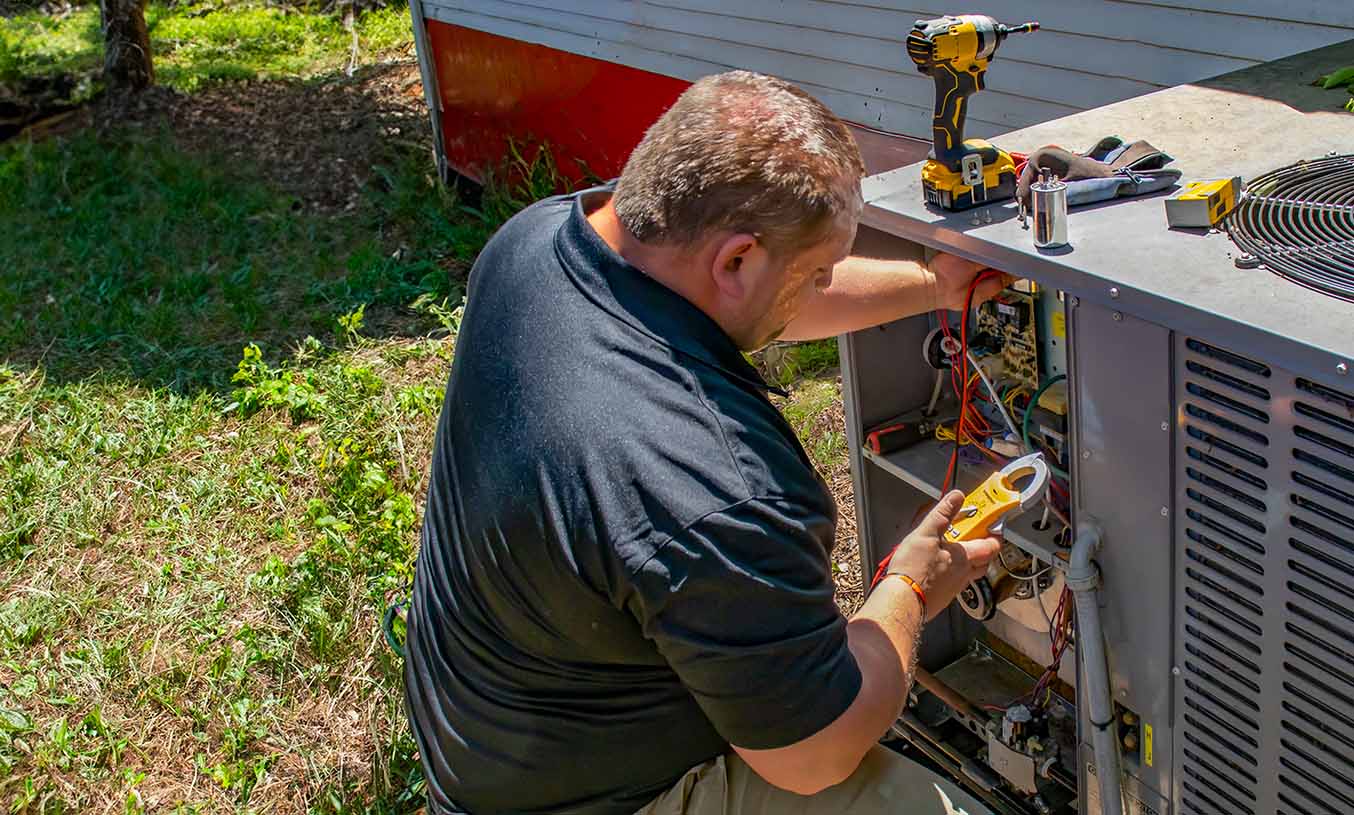

Energy Efficiency
Your trusted partner for professional home services. Quality workmanship, guaranteed satisfaction.




- HEP
- Energy Efficiency
Energy Efficiency | Air Conditioning | Heating and Air Conditioning | New Tazewell
When the Cumberland Gap sun turns up the heat, New Tazewell homeowners trust HEP to keep their cool with cutting-edge, energy-efficient air conditioning solutions. Our certified technicians design and install systems that whisper quiet, sip electricity, and qualify for valuable rebates—so you feel the chill without the bill. From smart thermostats to high-SEER heat pumps, every component is chosen to lower your carbon footprint while raising your comfort level.
HEP backs each install with 24/7 emergency support, preventive maintenance plans, and a satisfaction guarantee that’s as solid as the Smokies. Whether you’re ready for a full system upgrade or just need a seasonal tune-up, we’ll make sure your air conditioning runs smoother, lasts longer, and costs less—leaving you free to enjoy the Tennessee summer in total comfort.
FAQs
How can I tell if my current air conditioner in New Tazewell is energy-efficient?
Start by checking the Seasonal Energy Efficiency Ratio (SEER) listed on the unit’s nameplate. Anything below SEER 13 is considered outdated; today’s high-efficiency systems offer SEER2 ratings of 15–20+. Compare your summer electric bills to previous years—rising costs without hotter weather can signal declining efficiency. Finally, look for short cycling, rooms that never reach set temperature, or equipment that’s over 12–15 years old. A free in-home assessment can confirm actual performance and savings potential.
What size air conditioner do I need for my home in Claiborne County?
Proper sizing depends on square footage, insulation levels, window orientation, air leakage, and humidity loads specific to our East Tennessee climate. A quick rule of thumb (about 20 BTU per square foot) can mislead you—oversized units waste energy and undersized units run constantly. We perform a Manual J heat-gain/heat-loss calculation that factors New Tazewell’s summer design temperature of 90–92 °F and typical humidity to recommend the right tonnage, airflow, and duct configuration.
Are there energy-efficient alternatives to traditional central AC?
Yes. Ductless mini-splits, variable-speed heat pumps, and geothermal systems all provide high efficiency and zoning flexibility. In New Tazewell’s moderate winters and humid summers, an inverter-driven heat pump with SEER2 18+ and HSPF2 8+ can cool and heat most homes for 30–50 % less energy than an older furnace/AC pair. Mini-splits are ideal for additions or bonus rooms without ductwork, while geothermal offers the lowest operating cost over the long term if you have space for ground loops.
How often should I schedule maintenance to keep my AC running efficiently?
We recommend professional tune-ups twice a year—once in spring for cooling and once in fall for heating. A maintenance visit includes coil cleaning, refrigerant level check, blower adjustment, filter replacement, drain-line cleaning, and thermostat calibration. Regular service can restore up to 15 % lost efficiency, extend equipment life, and maintain manufacturer warranty coverage. Change or wash your air filter every 30–90 days between visits, especially during pollen season in the Cumberland Gap area.
What rebates or tax credits are available for high-efficiency AC upgrades in Tennessee?
Through 2032, the federal Energy Efficient Home Improvement Credit covers 30 % of equipment and labor costs—up to $600 for qualifying air conditioners and $2,000 for heat pumps meeting ENERGY STAR’s advanced criteria. Local utility providers such as Powell Valley Electric Cooperative periodically offer $150–$400 rebates for replacing units with SEER2 16+ models. Low-to-moderate-income households may also qualify for additional point-of-sale rebates under the Inflation Reduction Act’s HOMES program once active in Tennessee. We handle the paperwork and verify eligibility during your estimate.
Will better indoor air quality products affect my system’s efficiency?
Properly selected IAQ add-ons—like MERV-13 filters, UV lights, or ERV ventilation—can actually improve efficiency by keeping coils cleaner and reducing humidity loads. However, high-MERV filters restrict airflow if your blower isn’t adjusted. We measure static pressure and, if needed, upgrade the blower or ductwork to maintain optimal airflow (350–400 CFM per ton). Balanced ventilation with an energy recovery ventilator (ERV) exchanges heat and moisture so fresh air doesn’t drive up cooling costs in New Tazewell’s humid summers.